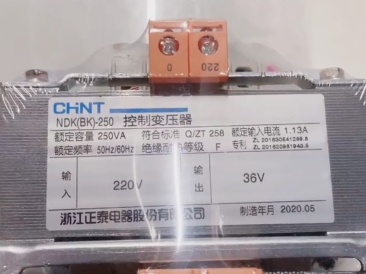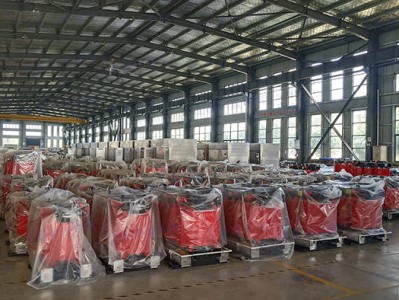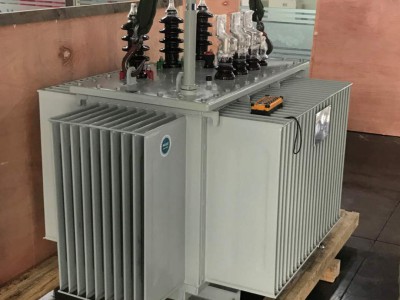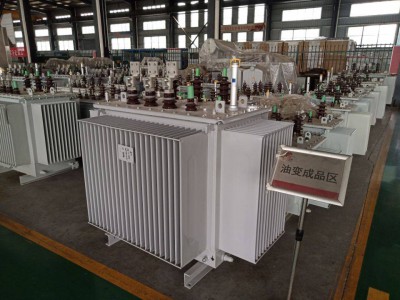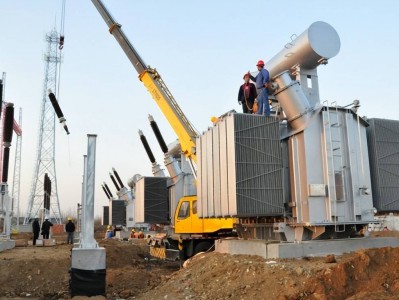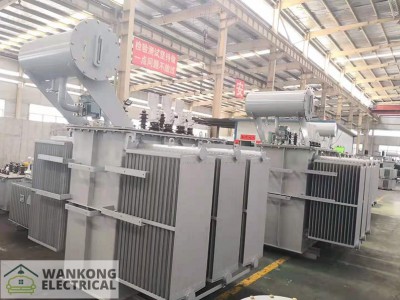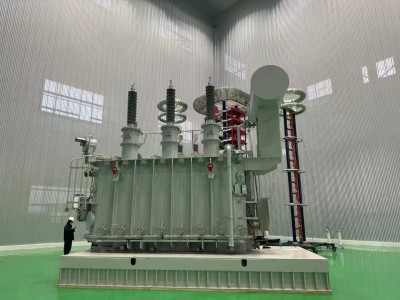Dry Type Transformer
Product description
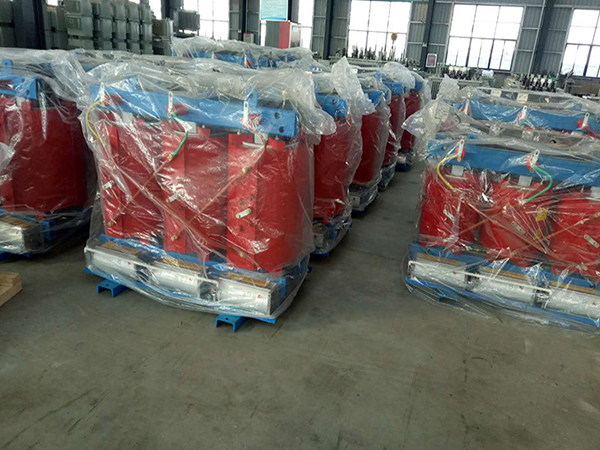 *I. Definition**
*I. Definition**
A dry-type transformer refers to a transformer in which the iron core and windings are not immersed in insulating oil. It dissipates heat through natural cooling methods such as air convection or forced cooling methods such as fan cooling, corresponding to oil-immersed transformers.
**II. Characteristics**
1. **High safety**
- Due to the absence of flammable substances like oil, dry-type transformers greatly reduce the fire risk during operation. For example, when dry-type transformers are used inside buildings (such as shopping malls, hospitals, office buildings and other densely populated places), even if a fault occurs, there will be no danger of fire or even explosion caused by oil leakage like oil-immersed transformers, improving the safety of the place.
2. **Convenient maintenance**
- The structure of dry-type transformers is relatively simple and does not require regular inspection and maintenance of oil level, oil temperature, and oil quality like oil-immersed transformers. For example, there is no problem of oil leakage. Daily maintenance work mainly focuses on checking electrical connections and monitoring winding temperature, reducing maintenance workload and cost.
3. **Good environmental adaptability**
- Dry-type transformers cause less pollution to the environment. It will not pollute soil and water sources due to oil leakage and is suitable for places with high environmental requirements, such as environmentally friendly enterprises and urban central areas. At the same time, it can operate under relatively harsh environmental conditions. For example, in a certain dust and humidity environment, as long as appropriate protective measures are taken, it can still work normally.
4. **Relatively weak overload capacity**
- Compared with oil-immersed transformers, the heat dissipation capacity of dry-type transformers is limited. Its cooling methods (natural air cooling or forced air cooling) may not be able to dissipate heat in time and effectively under overload conditions, so the overload capacity is relatively weak. For example, when a dry-type transformer operates under overload, the winding temperature will rise rapidly, which may lead to accelerated insulation aging and affect the service life of the transformer.
**III. Main application fields**
1. **Commercial buildings**
- Places such as large shopping malls and hotels. These places have higher requirements for fire safety. The oil-free characteristics of dry-type transformers can meet safety needs. At the same time, their operating noise is relatively small and will not cause significant interference to the commercial environment.
2. **Public facilities**
- In public facilities such as hospitals, schools, and libraries, the safety and environmental friendliness of dry-type transformers make them ideal power supply equipment. For example, in hospitals, the reliable operation of dry-type transformers is crucial for ensuring the stable power supply of medical equipment, and it will not affect the medical environment due to possible leakage problems of oil-immersed transformers.
3. **Industrial field**
- In some industrial plants with high requirements for environmental cleanliness, such as electronics factories and pharmaceutical factories, dry-type transformers can provide stable power supply and will not cause pollution to the production environment.
**IV. Structural composition**
1. **Iron core**
- It is the magnetic circuit part of a dry-type transformer and is made of laminated silicon steel sheets. The quality of silicon steel sheets and the lamination process will affect the performance of the transformer. High-quality silicon steel sheets have the characteristic of low iron loss and can improve the efficiency of the transformer.
2. **Winding**
- The winding is the circuit part of the transformer and is wound with copper or aluminum conductors. The windings of dry-type transformers are usually wrapped with insulating materials to achieve electrical insulation. Common insulating materials include polyester film, epoxy resin, etc. These insulating materials must have good electrical performance, heat resistance and mechanical properties.
3. **Cooling system**
- If it is a naturally cooled dry-type transformer, it mainly relies on the natural convection of air to take away heat. Dry-type transformers with forced air cooling are equipped with fans. When the transformer temperature rises to a certain extent, the fan starts to accelerate air flow and enhance the heat dissipation effect.
4. **Protection device**
- Including temperature protection devices, overcurrent protection devices, etc. The temperature protection device is used to monitor the temperature of the transformer winding. When the temperature exceeds the set value, it will send an alarm signal or take corresponding protection measures, such as reducing the load; the overcurrent protection device can cut off the circuit in time when the transformer has an overcurrent situation to protect the transformer from damage.

